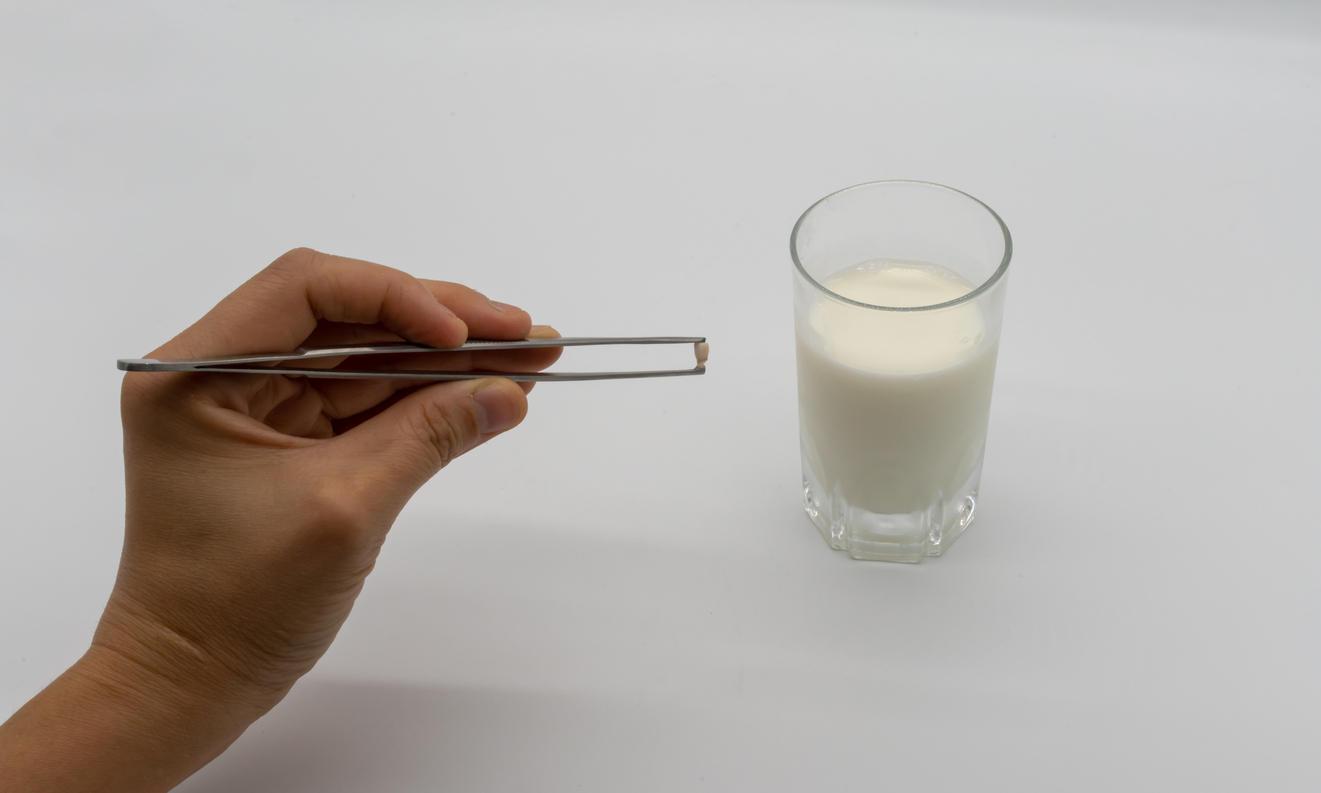
The nature of a dental emergency is that it’s never planned. Despite your best efforts at prevention, accidents can happen in a flash. One common emergency that happens to an estimated 5 million people per year is knocking out a tooth. Hopefully you never experience this situation but, just in case, it’s helpful to know some emergency dentistry “first-aid” until you can get to a dentist. One tip you may have heard is putting a knocked-out tooth in a cup of milk. Keep reading to find out if this is sound advice or not and learn about each step you should take to save a knocked-out tooth (and your smile)!
Is It Helpful To Put a Tooth in Milk?
Yes and no. Your best bet is actually to put the tooth back in its socket, if possible (see below for more detailed instructions). However, if you aren’t able to do that, putting your tooth in milk is a great second option for a couple of reasons.
The main goal is to keep the cells on the root of the tooth vital and alive to help them re-integrate within the socket later on. To do that, the tooth has to stay moist. Milk is a better choice than water because it contains natural antibacterial substances, sugars that the cells thrive on, and proteins that maintain the right acid balance. Putting the tooth in water can cause the root cells to swell and burst.
If you can’t put the tooth back in its socket and you don’t have any milk on hand, simply hold the tooth in your cheek pouch, as saliva is better than tap water.
What Should You Do if You Knock Out a Tooth?
Perhaps more than any other kind of dental emergency, acting quickly is crucial after knocking out a tooth, but it’s also important to try to stay calm. Your tooth will have a better chance of being saved if you can be seen within an hour, so if there’s any reason you can’t make it to a dentist in that time, go to the nearest hospital or urgent care center.
Having said that, seeing an emergency dentist is your best bet, if possible. After you’ve called to let them know you’re coming, take the following steps:
- Handle the tooth as little as possible and only touch the crown, not the root. Rinse it off and avoid wiping or scrubbing it.
- Try to put the tooth back in its socket and make sure it’s facing the right way.
- As mentioned above, if that’s not possible, put it in a glass of milk or hold it in your cheek pouch (only recommended for kids older than age 6 to minimize the chance of swallowing it.)
- For bleeding, use a clean, damp cloth to apply gentle pressure to the area.
Life is unpredictable and can throw you a curveball when you least expect it. If you or a loved one ever knocks out a tooth, you’ll know the correct way to handle the situation until you can see a dentist.
About the Author
Dr. Kenneth O. Gasper has decades of experience as a general and emergency dentist and has saved the smiles of countless patients who have knocked out a tooth. With a warm, compassionate chairside manner and the latest technology, he can put any patient at ease and get them out of pain as quickly as possible. If you have any questions about treating a knocked-out tooth, he can be reached via his website.


